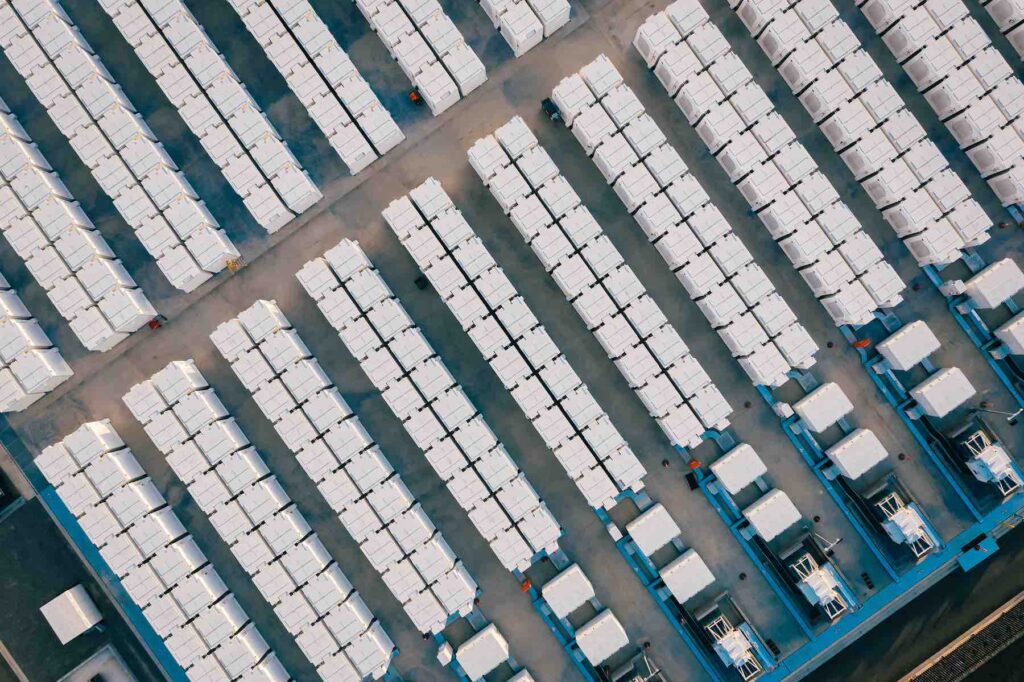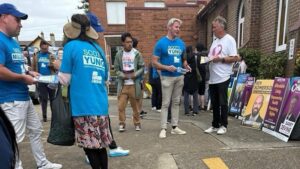
Big batteries are emerging as a dominant force in Australia’s energy landscape, comprising nearly half of all new capacity in the country’s burgeoning energy investment pipeline. This shift is highlighted by the Australian Energy Market Operator’s (AEMO) latest Connections Scorecard, which reveals a significant transformation in the mix of technologies entering the grid, moving away from traditional baseload and peaking power towards renewables and firming solutions.
The AEMO’s report indicates that the development pipeline for the main national grid has expanded to 275 projects, representing a total of 56.6 gigawatts (GW) in generation and storage capacity. Margarida Pimentel, AEMO’s onboarding and connections group manager, notes that this figure is equivalent to approximately 82% of the National Electricity Market’s (NEM) existing generation capacity and signifies a 24% increase in new capacity year-on-year.
“The latest insights show a strong and growing pipeline of new energy projects entering the market to meet consumers’ growing electricity needs,” Pimentel stated. In the three months leading to September, six projects totaling 1.6 GW completed full output, while an additional 2.4 GW of staged capacity has been released from projects working towards full output.
Big Batteries and Hybrid Projects: The New Frontiers
Over the past year, 28 projects (4.7 GW) have been commissioned to full output, with 10 projects (2.2 GW) registered, increasing the total number of projects working towards commissioning to 25 (7 GW). Furthermore, 23.2 GW of earlier-stage projects are finalizing contracts or under construction, marking a 43% increase from the previous year.
Notably, big batteries account for about half of all new capacity in the investment pipeline, totaling 26.1 GW. In both application and registration, stand-alone batteries have emerged as the dominant technology, while complete commissioning projects have been a mix of wind, solar, and battery.
Of the 20 new applications received in the first quarter of the 2025-26 financial year, 13 were standalone grid-forming battery projects (2.7 GW).
Two significant battery projects, the Ulinda Park BESS in Queensland (155 MW / 298 MWh) and the Mannum BESS in South Australia (100 MW / 200 MWh), were among the six projects to reach full output over the past quarter. Overall, battery storage capacity in the pipeline has seen a year-on-year increase of 79%, up from 14.6 GW, with 18.2 GW of this new capacity comprising grid-forming batteries.
Solar-Storage Hybrids Gain Momentum
AEMO also reports a notable rise in hybrid projects that combine solar with battery storage, which have increased from a 7% share of the connections pipeline to 17% over the past year. This trend was evident in the federal government’s recent Capacity Investment Scheme tender, where solar battery hybrid projects dominated, winning the most projects and the bulk of capacity.
Of the 20 projects selected in the tender earlier this month, 11 are solar battery hybrids, with a combined battery capacity of 3.5 GW / 11.4 GWh.
The last two tenders have awarded revenue underwriting agreements to 28 battery projects, totaling 7.6 GW and 28 GWh of battery storage. This underscores the NEM’s transition from a baseload and peaking power system to one increasingly reliant on renewables and firming technologies.
Challenges in Implementation
Despite these advancements, the new data reveals challenges in the proponent implementation phase, with some projects experiencing delays due to prolonged funding uncertainty, project ownership changes, and design modifications, such as battery integration and equipment manufacturer changes.
“We’re seeing some projects taking longer in the proponent implementation phase,” Pimentel noted, highlighting the need for streamlined processes to ensure timely project completion.
As Australia continues its journey towards achieving 82% renewables by 2030, the burgeoning presence of big batteries and hybrid projects signals a significant shift in the country’s energy strategy. The focus on renewable energy and storage solutions is not only a response to growing electricity demands but also a crucial step in addressing climate change and ensuring a sustainable energy future.
For those interested in supporting independent media and accurate information, consider making a one-off donation or becoming a regular supporter of Renew Economy. Your support is invaluable in maintaining the flow of reliable energy news.






